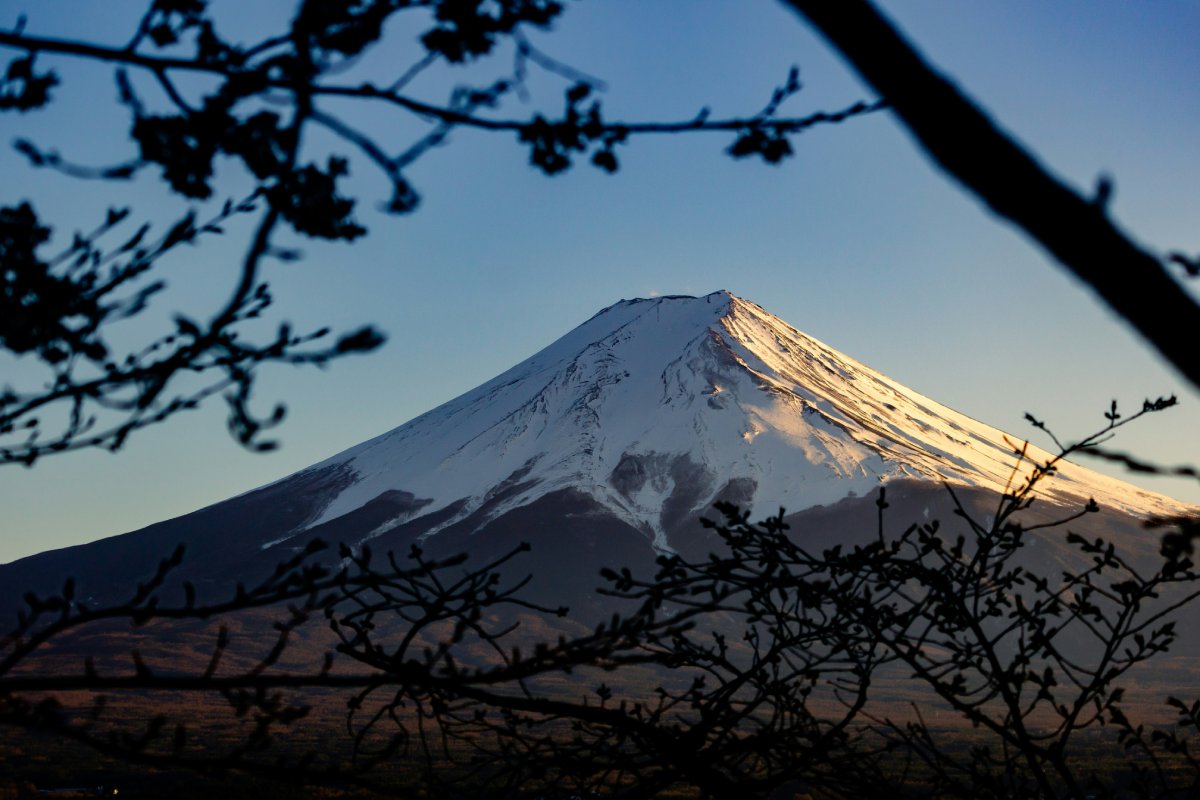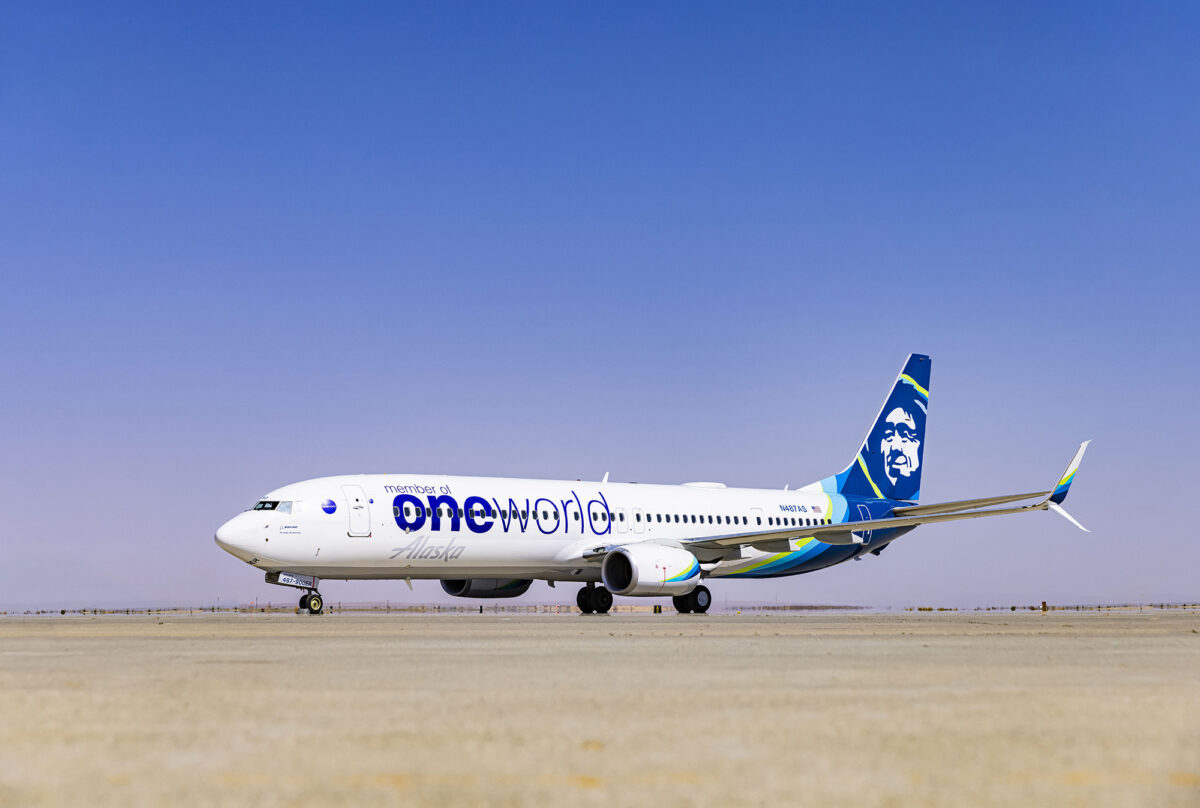Japan's 35 Million Tourist Bonanza in 2024: Great for Business, Not So Much for Overtourism

Skift Take
Japan is bracing for a tourism boom like never before. With a record 35 million foreign visitors expected this year and tourism spending projected to hit an unprecedented JPY 8 trillion ($51 billion), the country is seeing a surge driven by a weak yen.
These figures far surpass the pre-pandemic peak of 31.88 million visitors in 2019. Looking ahead, the government has ambitious plans to attract 60 million visitors annually by 2030, with spending expected to soar to JPY 15 trillion ($96 billion).
However, the influx of tourists has brought its own set of challenges. "Overtourism" has become a buzzword as the surge in visitors has led to traffic jams, pollution, and other issues. In Kyoto's vibrant Geisha district, reports of tourist misbehavior have prompted a ban on visitors entering private alleys. Similarly, the town of Fujikawaguchiko constructed a barrier to block the view of Mount Fuji following complaints about tourists.
Earlier this month, authorities levied a fee of 2,000 yen (around $12) to climb Mount Fuji with the numbers limited to 4000 a day.
Some businesses in Japan are adopting two-tier pricing to keep local loyal customers from being priced out. Last month, the mayor of Himeji City in Japan, proposed a significant price hike for foreign tourists visiting Himeji Castle, a UNESCO World Heritage site. A restaurant in Tokyo is already testing two-tier pricing.
Spreading Tourism Benefits
To address these concerns and spread tourism benefits beyond major cities, the government is considering a financial support program to expand flights to regional airports. The government has also selected 20 regions across the country to model and raise awareness of expected tourist behavior. By the end of this year, the government plans to add six more areas and compile guidelines to manage overtourism.
The 2024 white paper on tourism highlighted the need to draw more visitors to rural areas, reducing the pressure on Tokyo, Osaka, and Nagoya, where 70% of foreign tourists currently stay. Last year, Japan saw 25.07 million foreign visitors, who spent a record JPY 5.3 trillion ($34 billion).
The latest figures, released on Friday, show a record 17.8 million foreign visitors in the first half of 2024, buoyed by the yen's depreciation. This is a 66% jump from the same period last year and a 7% increase over 2019 levels.
Record Tourist Arrivals
June alone saw a new monthly record of 3.14 million visitors. South Korea topped the list with 703,300 visitors, followed by China with 660,900 — a figure that has more than tripled from the previous year. Taiwan came in third with 574,500 visitors, up 48%.
The weak yen has significantly boosted foreign tourist spending, which reached JPY 2.1 trillion ($13.4 billion) from April to June. On average, each visitor spent JPY 238,722 during their trip, up 54% from 2019. Visitors spent the most on accommodation (33%), closely followed by shopping (31%).
This shift from 2019, when shopping accounted for 37% of spending, could be attributed to the still-recovering number of Chinese tourists. Despite a fivefold increase from the previous year, the 3.06 million Chinese visitors in the first half of 2024 remain 32% lower than the pre-pandemic level of 4.5 million.
Compared to the global average, shopping accounts for almost 49% of travel spending for Chinese tourists, while visitors from Hong Kong and Taiwan also spend around 40% on shopping.
To further streamline the entry process, Japan has also announced plans to introduce a new "pre-clearance" system from January next year. The new system, trialed in Taiwan in February, includes document checks and pre-screening at departure airports, streamlining immigration procedures upon arrival in Japan.





